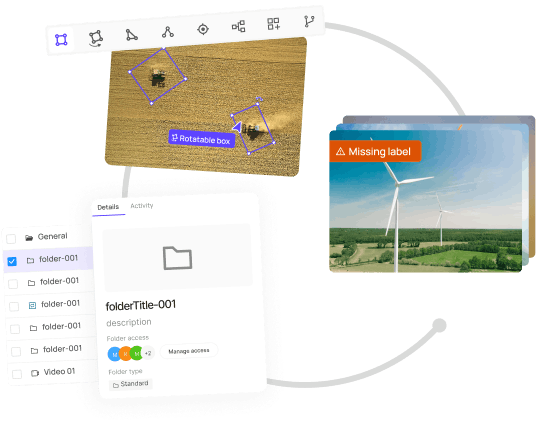Deep Learning
Encord Computer Vision Glossary
Deep learning is a subfield of machine learning that involves the use of artificial neural networks to analyze and process data. These neural networks are designed to mimic the way the human brain works, with layers of interconnected nodes that can process and analyze information.
Deep learning algorithms are trained using vast amounts of data and are able to recognize patterns and relationships within that data. This allows them to perform tasks such as image and speech recognition, language translation, and even self-driving cars.
Deep learning's capacity to learn from and adjust to new data without explicit programming is one of its main advantages. This makes it a very strong tool for data analysis and decision-making since it enables it to continuously increase performance over time.
Deep learning algorithms can process huge, complicated datasets, which makes them suitable for jobs like processing a lot of medical data or data from the Internet of Things (IoT).
Convolutional neural networks (CNNs), which are particularly well-suited for image recognition tasks, and recurrent neural networks (RNNs), which are well-suited for tasks like language translation and natural language processing, are two different forms of deep learning algorithms.
Deep learning, as a whole, is a potent tool for processing and interpreting data, and it is being utilized in a variety of industries to enhance decision-making and automate processes. In the upcoming years, it is anticipated to continue to play a vital role in the advancement of machine learning and artificial intelligence.
